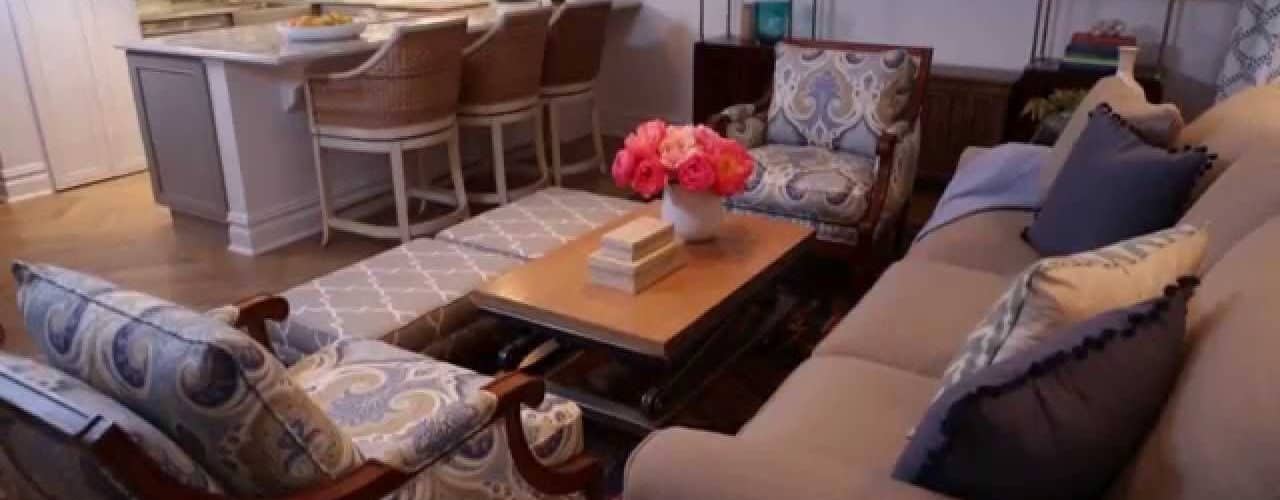Decorating a small living room can seem like a tough task, but it doesn’t have to be. With a few simple tricks and tactics, it is possible to have a beautifully decorated living room that appears larger than it really is.
Planning
When decorating a small living room, the most important phase in the process is the planning stage. Due to the limited space, every square inch of the room needs to be accounted for. Begin the process by taking exact measurements of your room. Note door openings, fireplaces, and windows where applicable. Once you have the exact dimensions of your room, you can begin to think about how to fill the space. You need to consider a few things while planning.
First of all, you need to keep your walkways and entrance areas clear. Nothing makes a room feel more cramp and cluttered than furniture blocking traffic. Next, think about picking a spot to make a focal point. The focal point of your room will be its highlight around which everything else is placed. This could be a fire place, for instance, or perhaps a window that has a great view. Once you have your focal point decided, shop for furniture that you can place around it. A lot of people think that small rooms need small furniture, but having lots of small pieces of furniture can actually make a room seem smaller and more cluttered. Instead, choose moderately sized pieces of furniture.
When picking couches and chairs, it is often helpful to look for pieces that lack arms. Arms take space both physically and visually, which can make a room feel smaller. Couches should be placed in the area of the focal point and arm chairs can be placed around them, forming seating areas. From there, the rest of the accessories can be placed. Finally, think vertically. In a small living room, surface area is at a premium. Tables and storage units are limited in size, so therefore, choosing furniture that is tall and offers lots of shelving is a great option. One good choice would be to buy tall book cases or have them built in. Not only will they add much needed storage in a small space, but they will draw the eyes upward making the room look taller.
Lighting and Color
One consideration that is often overlooked in decorating a room is the effect that lighting and color has on the size of a room. Bad lighting and poor paint selection can turn even the largest rooms into a small, dark cave. For a small room, it is best to go with a color palette that is light and monochromatic. Light colored walls, like beige and pastels, will reflect ambient light in the room, making the room seem larger. Also, a monochromatic color scheme makes things flows better visually, rather than having areas of colors that will break up the room.
If you have a small living room, you need to make the best of your lighting situation. Bright rooms appear larger than dark ones. Open the shades and let the sunlight in if you have windows. Adding mirrors in strategic places can also make a room appear larger as they reflect light and shine it into darker areas of the room. For instance, installing floor to ceiling mirrors opposite of a large window can make a room seem twice as large as it is. Mirrors also reflect their surroundings, which can add to the illusion that the room is larger than it actually is. Mirrored and glass furniture can also help to reduce the amount of visual space that furniture takes up.
Conclusion
Decorating small rooms can provide several design challenges, but by incorporating height and making the best of lighting conditions, any room can be made to look larger than it is.
Related Posts
- How To Price Furniture?
- How To Furnish A Living Room?
- How To Make A Small House Look Bigger?
- How To Arrange Living Room Furniture?



